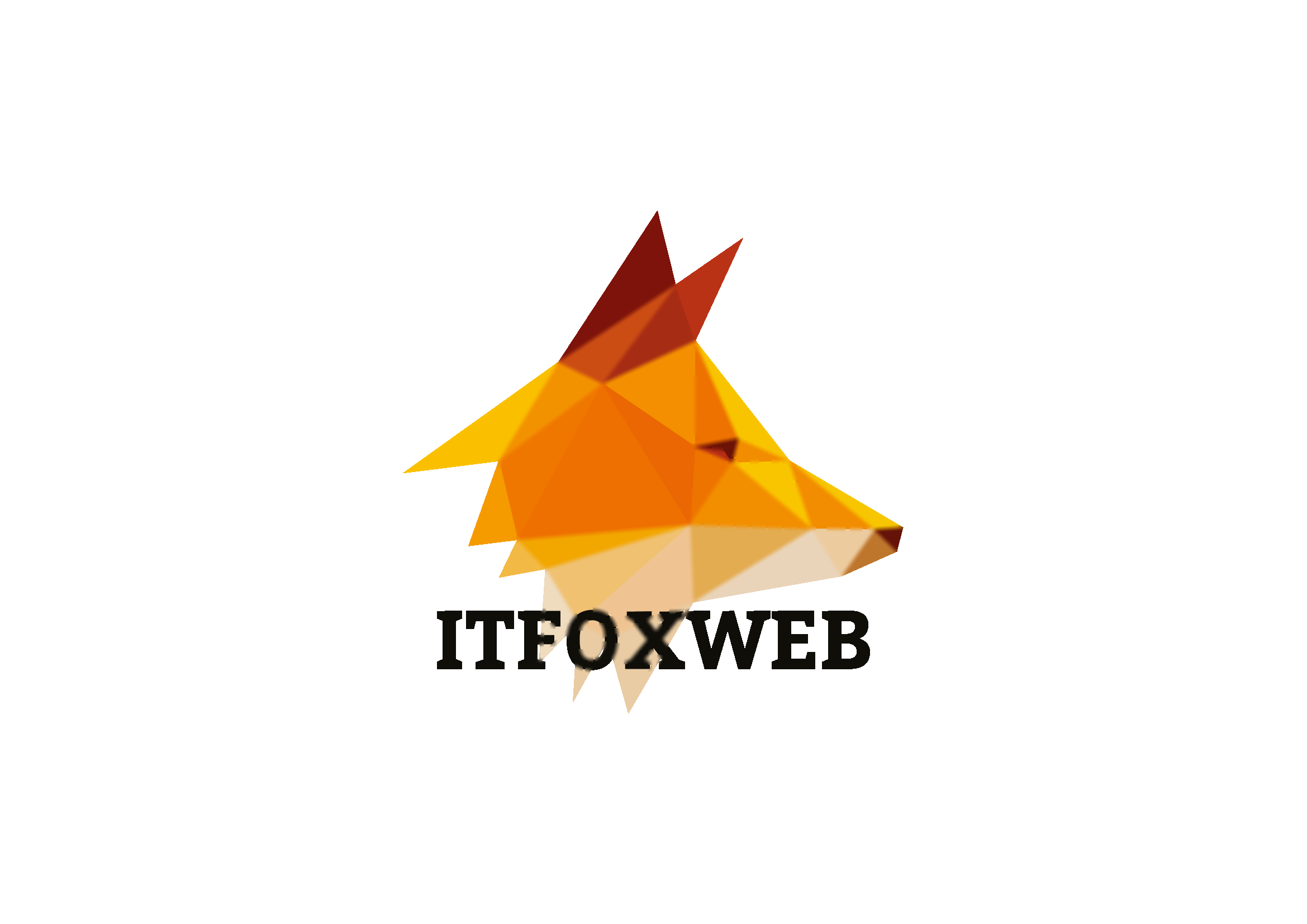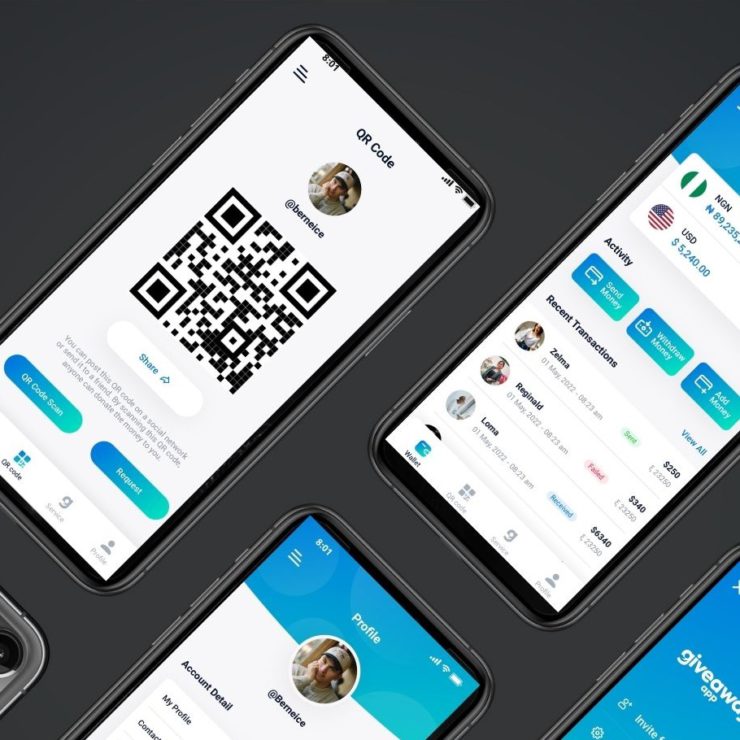
How to use AR/VR technology to improve quality and reduce learning time.
Description:
The ItFox team has launched and successfully implemented new IT products using AR/VR technologies, but before we talk more about it, it’s worth recalling again what the acronyms mentioned mean and what their main differences are. AR is an augmented reality technology, which is created by superimposing computer layers on the surrounding reality, that is, using it, we can, for example, “animate” a picture or add volume to a photo. VR is a technically created world that is transmitted to humans through their senses: sight, hearing, touch and others. Virtual reality simulates both the impact and the reactions to the impact. In other words, VR is a single digital space that surrounds the user from all sides.
This case study will not describe a specific implementation, but a general experience that we had while developing VR/AR projects in education.
The customers approached us to:
1) Improve the quality and speed of staff training through workflow visualization.
2) Increase the interest of students by immersing them in historical events.
The customers identified the following goals:
- Increase average scores on grades and exams.
- To increase understanding of the material and the percentage of real knowledge of the topic.
- To give the opportunity to perceive the information not only audibly, but also visually and tactilely.
- To make the educational process more interesting and exciting.
The customers had predetermined goals, but the exact terms of reference were missing due to the lack of technology prevalence and the lack of awareness, that is why the ItFox team decided to hold a consultation and draw up the terms of reference together.
Task:
Customers approached to develop software with AR/VR to train staff and schoolchildren in VR helmets.
Project:
- AR/VR technology software on the Unity engine was created for all three projects to run on the varwin platform.
Implementation:
Project implementation involved: project manager, designer, screenwriter, AR/VR developer, tester.
The following features were implemented in the process:
- Possibility of self-tuning.
- Possibility to add scenes, objects and backgrounds independently.
- Interactive walkthrough of the training program’s storyline.
- Convenient and intuitive system of movement and actions.
- Constant information about the blocks and tasks in the training story.
- Low hardware requirements.
- Video instructions on how to make changes, as well as libraries of items, scenes and backgrounds.
Of the interesting “features”:
- Full simulation of natural processes, including weather conditions and the behavior of materials and equipment in certain conditions. Users are fully immersed in the learning process, as the environment is realistic (radio can get wet and spoiled, the horse can get stuck in a swamp, etc.).
- Together with the instructors and trainers we have written stories that help you become a participant in the events and learn the material better.
In addition to the basic functionality, our development department has offered additional functionality:
- The ability to independently add backgrounds through image processing to the software library, for example, take pictures of your class and add those images to the background.
- The ability to conduct assessments and examinations within virtual reality.
By the way, the ItFox team creates not only educational AR/VR projects, but also those that increase sales and the average check.
Results:
Thanks to the implementation of the software, the customer was able to solve the following tasks:
- Increase the percentage of average pass rates for certifications and exams.
- Reduce staff training costs.
- Increase the level of knowledge and skills and trainees.
- Increase the average score of the trainees.
- Increase the loyalty and prestige of training.
- Simplify the perception of complex topics and blocks.
The ItFox team implemented these projects in an average of 5 months.
If you have any questions, we are happy to answer them!




